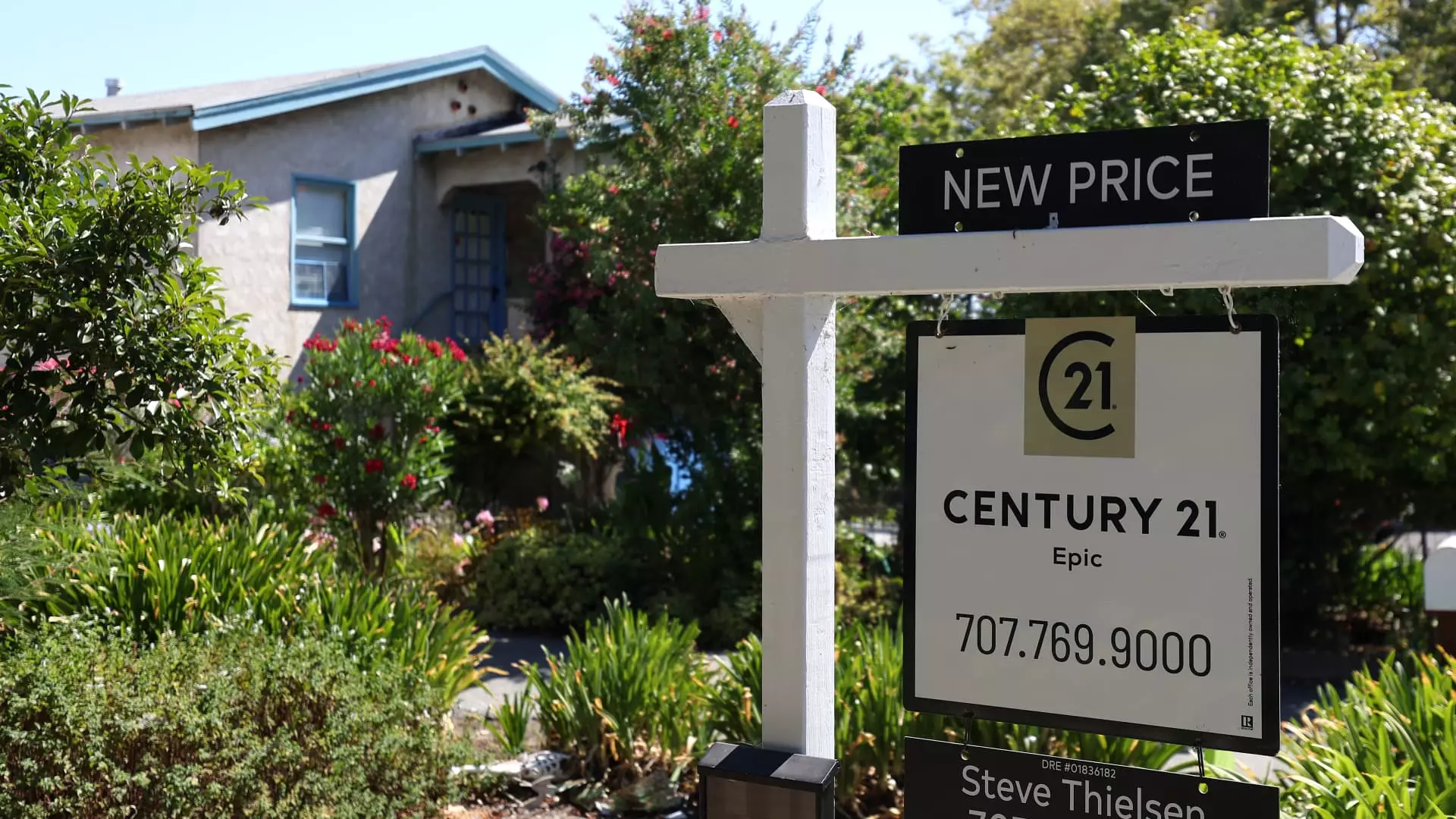For years, the housing market seemed invincible, fueled by an obsession with constant appreciation. But beneath this veneer of growth lies a troubling reality—prices have become increasingly detached from economic fundamentals. Recent data reveals a disturbing slowdown in price appreciation, with a mere 1.3% annual growth in June, the slowest in two years. This stagnation underscores a crucial truth: the land of ever-rising home values is an illusion. For too long, markets have been driven by speculative fervor, not sustainable demand, and now that illusion is cracking, revealing vulnerabilities that threaten to reshape homeownership as we know it.
The Perfect Storm: Rising Supply Meets Falling Demand
The market is facing a debilitating combination of rising supply and waning demand. Inventory levels have surged nearly 30% compared to last year, flooding the market with homes. Yet, buyers aren’t rushing in—demand has softened, partly due to increased mortgage rates, which now hover above 6%, double the pandemic-era lows. Higher borrowing costs have effectively throttled affordability, turning what used to be a seller’s paradise into a buyer’s dilemma. Homes are lingering longer on the market, and prices are beginning to slide, especially in overheated regions like California and Florida. This mismatch signifies an impending correction that could further deflate overinflated prices built on unrealistic expectations.
The Regional Disparities: A Telling Pattern
While some regions like the Northeast and Midwest cling to resilient price increases, others are rapidly losing ground. The West and South, previously hotspots for rapid appreciation, are experiencing steep declines. Cape Coral, Florida, stands out with over 9% price drops, a notable indicator of the shifting landscape. Urban markets like Austin and Tampa are also feeling the pinch, reminiscent of a market correction that might extend beyond a temporary blip. These regional disparities highlight an uneven recovery, driven more by localized factors than national strength. Such fragmentation signals that the market’s stability is more fragile than it appears and that the tide may soon turn decisively.
Why This Matters for the Average Homebuyer and Society
Behind these statistics lies a sobering reality: homeownership is no longer a guaranteed pathway to financial security. The inflated prices, driven by speculative bubbles, inflate mortgage debts that become increasingly unmanageable as rates climb. For many families, the dream of owning a home is slipping swiftly out of reach, replaced by uncertainty and financial strain. Moreover, the broader economy isn’t immune—the cooling housing market could dampen economic growth, wage stagnation, and exacerbate social inequalities. In an era where housing affordability is already strained, these fluctuations could further entrench divisions, putting the American dream at risk for those least able to cope with its collapse.
The Future of Housing: Instability or Opportunity?
There’s a stark choice ahead: continue to prop up a market built on unsustainable prices, or recognize that a sober correction is necessary. While some may see falling prices as a setback, it could actually serve as a vital reset—stabilizing an overheated market that’s been distorted by years of excess. For policymakers, this moment demands more than temporary relief measures; it calls for structural reforms that prioritize sustainable growth over speculative gains. Only through conscious, progressive intervention can we foster a housing environment that balances affordability, stability, and opportunity—rather than chasing illusions of perpetual upward mobility that threaten to collapse under their own weight.

